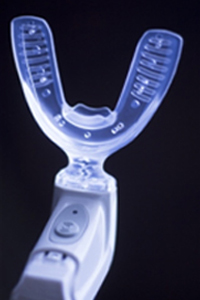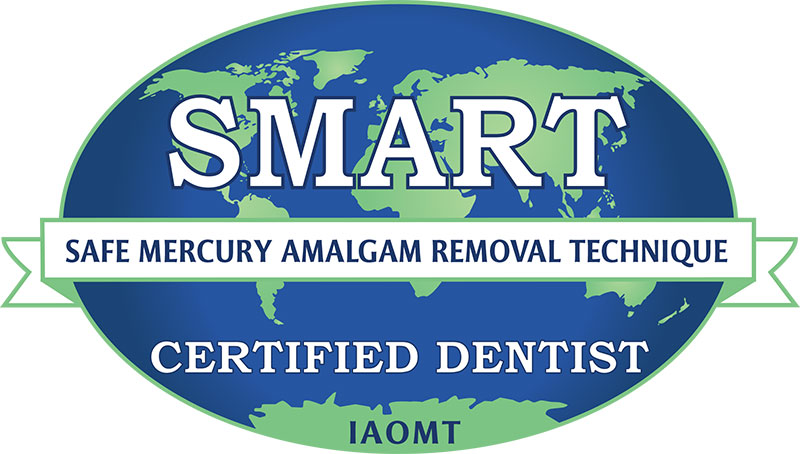During the last 2 decades, the consciousness and self-awareness among many adults and teens about their own well-being and appearance have been an increasing trend. More and more individuals are willing to improve their smiles and bite comfort adhering to an option other than the traditional braces.
The digitally designed and fabricated series of clear aligners result in gradual toot movement into the desired alignment. Dentist in London Specialists Dentists have experienced that the compliance to wearing aligners for 22 hours a day is improved by most of the patients. However, the increased length of the treatment time is dictated by the increased complexity of each case, the number of the aligners and the time interval between usually every 2 weeks. Clinical studies have proved that compromising any of these determinant parameters may adversely affect the planned magnitude of the teeth movement hence leading to treatment failure as a result of poor-fitting aligners known as “non-tracking”.
In summary, any individual factors described below may be accountable for reducing orthodontic treatment success.
In summary, any individual factors described below may be accountable for reducing orthodontic treatment success.
1. Reduced aligners wearing time
2. inherent anatomic and physiological dento-alveolar variations,
exceeded demand on individual tooth movement per aligner,
3. under-designed or suboptimal force vectors and anchorage system in each aligner,
4. individual physiological variations in bone turnover rate and magnitude

Therefore, to address each shortcoming factor, the recent innovation in both material science and aligner design technology has made progresses to reduce untoward delays in the rate of tooth movement exerted by each aligner system.
Orthodontic tooth movement by means of clear aligners could at times take a longer time than planned according to the computer-generated Invisalign treatment plan. The insufficiency of the planned tracking may increase with increased orthodontic complexity and discrepancy in the teeth malposition.
High-frequency acceleration (HFA) using a vibration device affects the periodontal ligament (PDL) metabolism and physiological tooth movement, hence stimulating the cytokines and bone remodelling and the rate of toot movement as a result. Therefore, consistent daily application of an appropriate vibration device could potentially enhance the efficiency of orthodontic tooth movement by clear aligners without additional pain or discomfort.
The record of intraoral images and the digital simulation software (Clin-Check) images when superimposed and assessed along with the measured rate of tooth movement suggest reduced time intervals between aligners and more efficient tooth tracking planned by digital simulation software (al-Ansari et al.2018).
AcceleDent is a mouthpiece for home use. Clinical trials suggest that to achieve the desired results, AcceleDent should be used for a period of 20 minutesper day followed by the continued usual wearing of Invisalign aligners. Upon biting on the Accele-Dent mouthpiece, Soft-Pulse technology generates micro-pulses which accelerates tooth movement.
AcceleDent is a Class II on-prescription medical device approved by FDA. AcceleDent is used extensively by orthodontists around the world including the Dentist in London Specialists Dentists and has been studied extensively and has been proven to be highly safe, effective in speeding up the treatment time by 50% for thousands of patients indicated no signs of root resorption or other dental problems.
Our Specialist Dentist in London Specialists Dentists will discuss with you the possible adjunctive use of AcceleDent when indicated.


